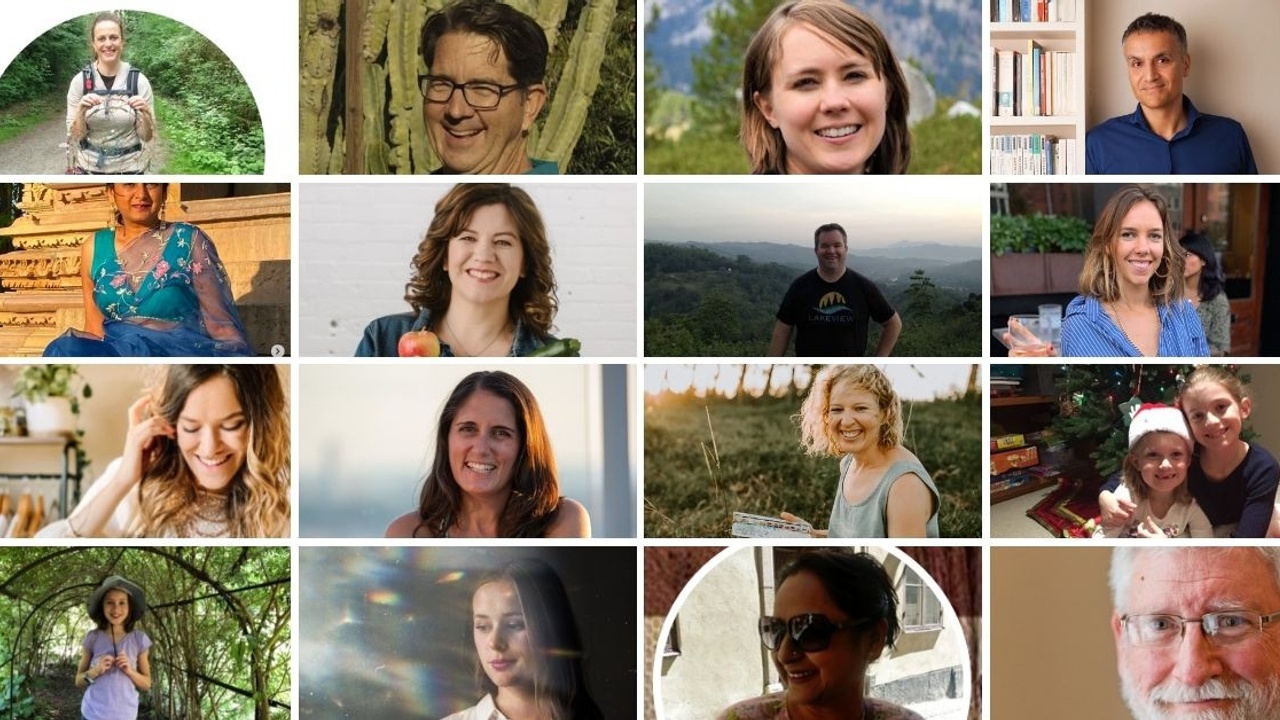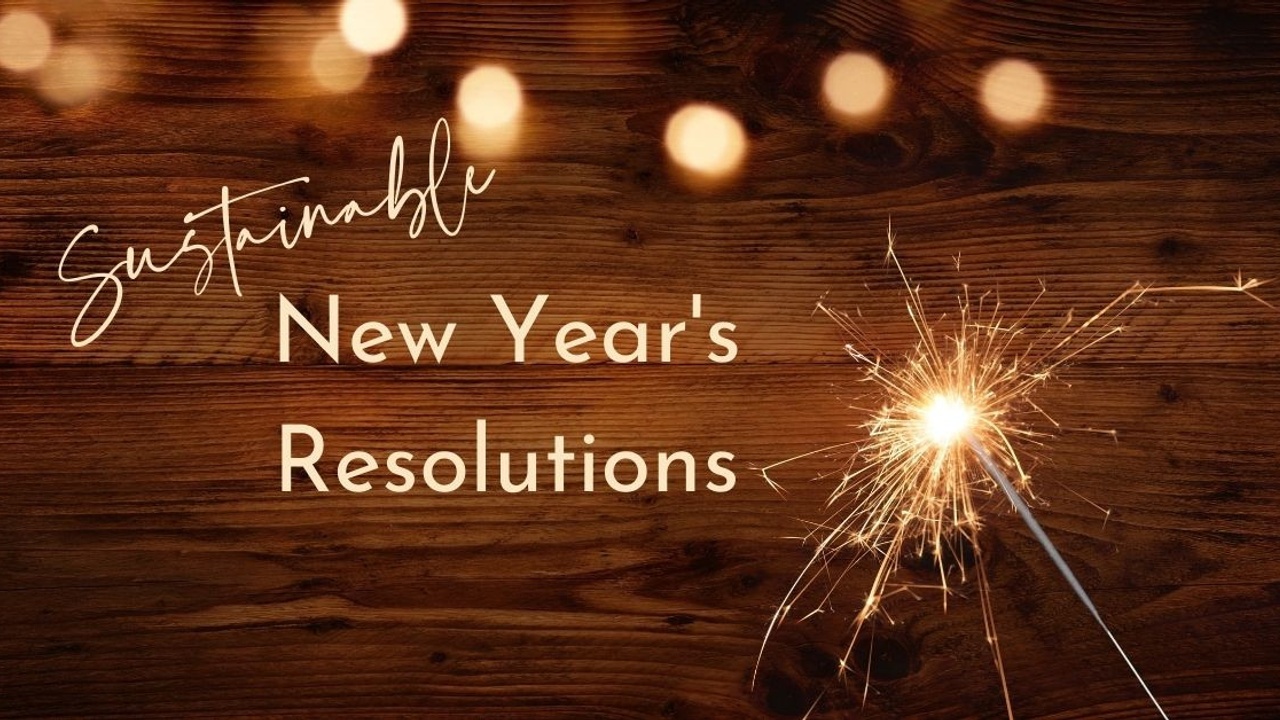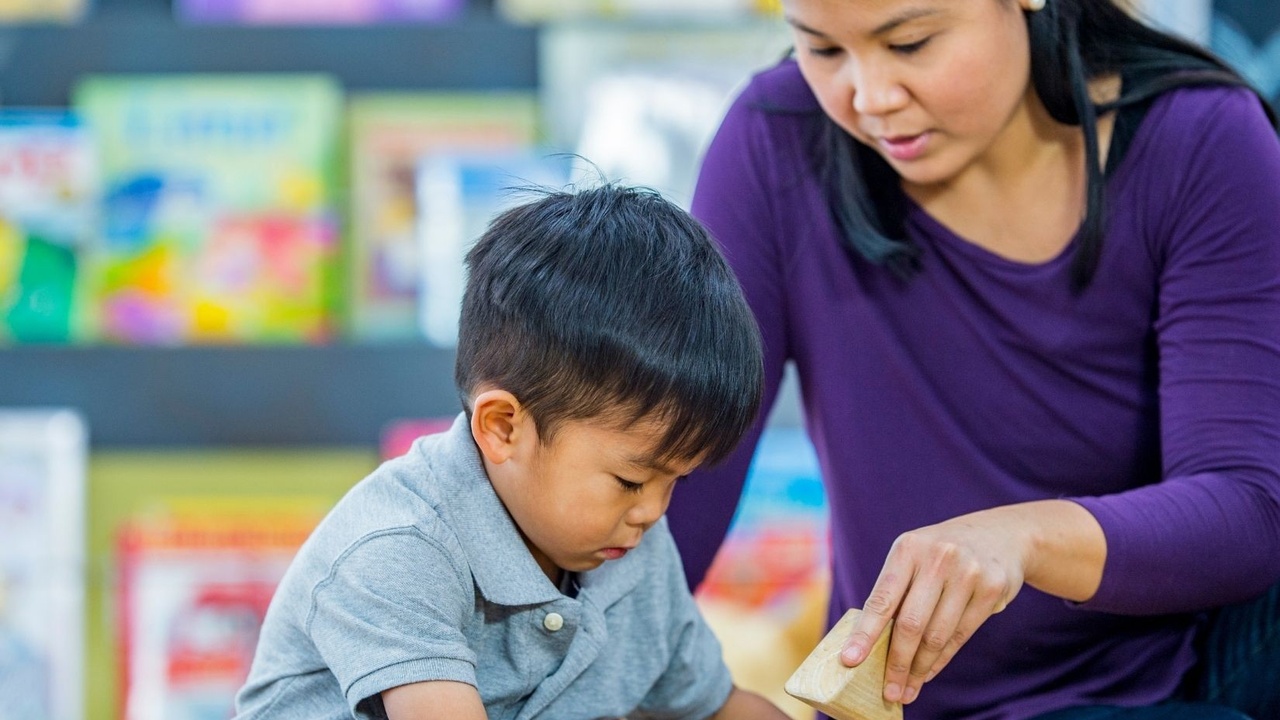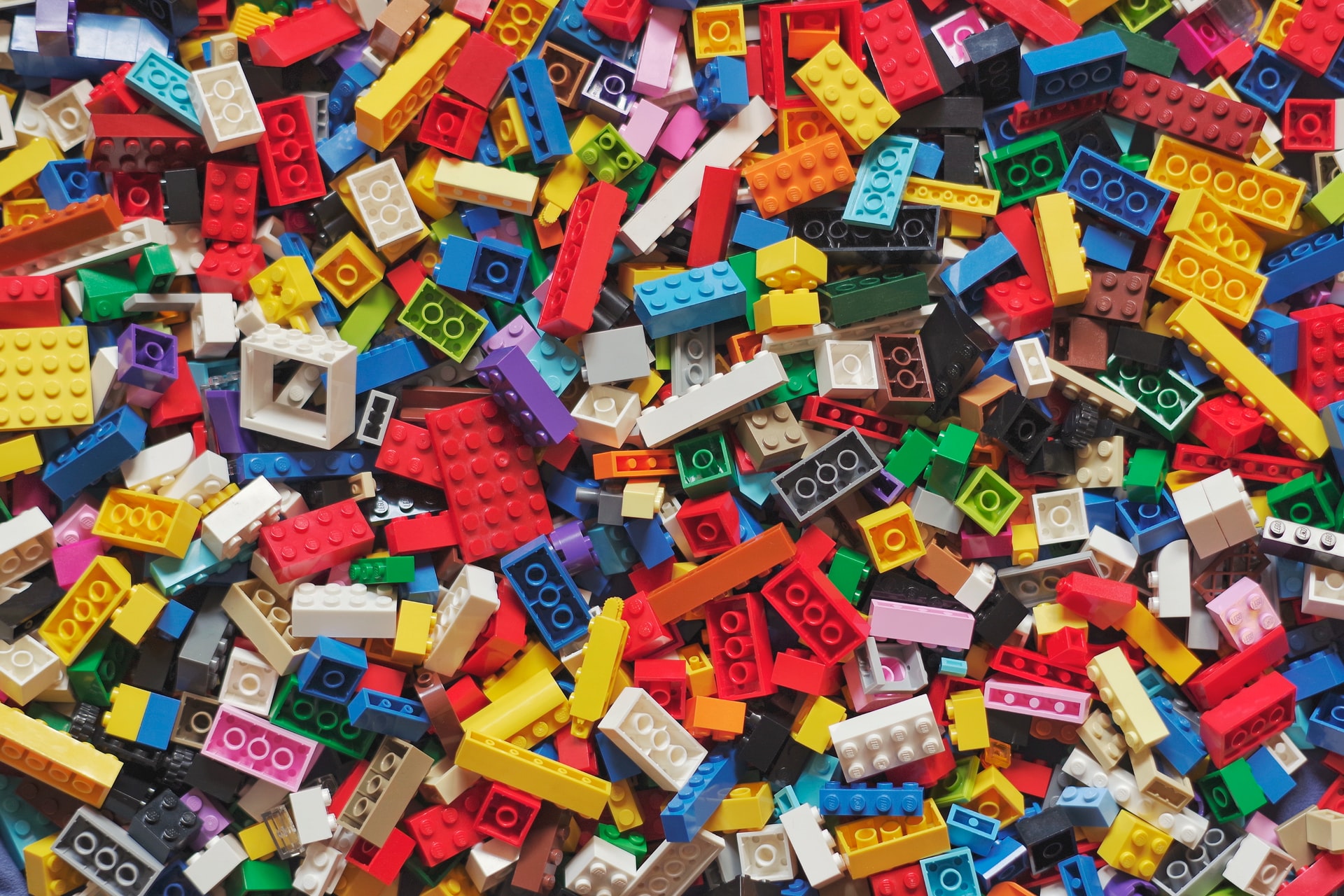Sustainable wellbeing and green living
Let's find ways to Flourish!
Could Deep Ecology be the Solution?

Deep ecology is an environmental philosophy introduced by Arne Naess in 1984 which recognizes the inherent value of all living beings and promotes the idea that they have moral and legal rights to live and flourish as humans do.
This philosophy looks deeper into our relationship with the natural world for a more holistic approach to environmentalism. Instead of promoting the preservation of ecosystems and biodiversity for human purposes such as resource extraction, deep ecology recognizes the intrinsic value these systems hold, regardless of utility to humans.

The deep ecology framework is not anthropocentric, meaning that all living beings are viewed as our equals and that we are part of a whole.
As a whole, we cannot all thrive to our full potential until all parts of the whole are free to do so. Deep ecology encourages the shift from egocentric living to ecocentric living.
Fundamental principles of Deep Ecology
- The well-being and of human and non-human life on earth have in ...
From the Flourishing Community

In honour of the 100th edition of the Flourishing Fridays newsletter, I thought it would be great to profile some of the amazing work that folks in this community are doing. Sharing some inspiration and celebrating our wins, big and small. Together we are learning about how to live more sustainably, how to spread the ideas of green living and to enjoy life more!
What an amazing and inspiring list!
Aditya is helping to educate others about the importance of protecting wilderness.
AJ fixes appliances, builds with reclaimed lumber, raises bees and enjoys time in nature.
AK – promotes thrifted fashion for badass Millennials on her social media accounts.
Angelika got small recycling bins for her condo complex and avoids wasting food.
Anuradha – runs sustainable clothing companies using all traditional textiles and zero waste production that also provides employment for women in India.
Amanda is eating more local food and loves to support local businesses.
Anders helps kids in low-in...
What's Your Walk Score?

We all know that walking or other means of active transportation is great for your health, yet it can be difficult to fit exercise into our schedules. But if you think about it, that is because exercise is no longer how we get around! When you live in a walkable neighbourhood or city, just getting from point A to point B might fulfil your daily exercise/movement goal.
And, being able to walk, bike, or use other means of active transportation in order to get around significantly decreases our environmental impact. While personal automobiles burn fossil fuels, therefore contributing to carbon dioxide in the atmosphere, getting around by foot leaves zero pollution behind.
So, have you ever found yourself wishing you were able to quantify the walkability or overall environmental friendliness of a city or urban area?
This kind of information can be really useful when it comes to finding a place to live or travel to.
Walkability is also financially advantageous. North American househ...
Sustainable New Year's Resolutions

Like so many people, I do love a fresh start, feeling that I can and will do better, and evolve who I am, becoming the best version of myself. Sound familiar? Unfortunately, I see that way too many of these resolutions revolve around losing weight or eating right, but what I see as truly transformative is living in alignment with our values.
That means living better for the planet - and for our own bodies, in fact, those two acts generally overlap. So, if this sounds like the year that you want to have, where your actions every day are working towards to future that you want, one that is sustainable for the planet AND for yourself, here are my tips on how to get there.
Guess what? It is actually pretty simple.

Yeah, so that sounds great, right? But how exactly do I live that out daily? Have you ever seen ads that talked about this concept...without trying to sell you something? Well, the reality, of course, is that we all consume material goods, food, and resources. But can we do ...
This is What Smart Growth Looks Like

It’s no secret that North American cities have some serious urban planning issues which jeopardize the environmental sustainability and overall livability of urban areas. For example, urban sprawl, the rapid expansion of development on the peripheries of cities, is extremely common. This is an issue, as this new development is usually characterized by low density residential housing and single-use zoning, therefore increasing reliance on private automobiles for transportation. With suburban sprawl, we often see inner cities deteriorate as social inequality increases.
So, how do we remedy these issues? With land use and development practices that work to reduce urban sprawl and promote healthy, liveable, and enjoyable cities. Smart Growth is a term which is used to describe this type of sustainable development. As urban populations continue to increase, we need to plan our communities in a way that is environmentally, socially, and economically conscious. In other words, in a way that ...
The Ups and Downs of the Sharing Economy

It’s funny, yes, we want to be independent as teens and young adults. That is what we strive for, and that is what older adults want to retain, right? And there certainly is value in independence, but are we forgetting that there is value in doing things together? We have evolved to form social groups for a reason...because collaboration and connection make our lives better and easier!
When we consider the aspects of independence that relate to owning things - like our space, but more importantly stuff, there are aspects of this trend that are deeply unsustainable. As we are collectively seeking to lower our footprint on the earth by living lighter, sharing material goods can be a great part of the solution!
Just think about all the unused power tools that sit in our garages and all the books we’ve purchased but probably aren’t going to read again. When you think about it, it really doesn’t make sense for every individual household within a community to own the same items, especially...
Toy Libraries are a Step Towards Sustainable Parenting

People are starting to realize that sharing might be the best solution to society’s overconsumption habit. That’s why we are seeing things like tool lending libraries, car sharing companies, clothing swaps, and carpool apps gaining popularity. You might actually be surprised at all the different items people are sharing nowadays.
For example, did you know that toy libraries are a thing? Just like a regular library with books, toy libraries allow you to check out and borrow toys to bring home. The toys in a toy library are carefully selected, ensuring that there are plenty to choose from for all ages and abilities! Whether you are looking for play mats for a baby or Lego blocks for an older child, toy libraries are likely to have it all.

And of course, the toys are cleaned and kept in good condition so that they offer each new child a fun and safe play experience.
How toy libraries work
Many toy libraries will charge a small annual or monthly fee that allows you to take out a few...
Recipe for a Litterless Lunch

Every meal is an opportunity to live sustainably. This is a topic we’ve explored before – the food we eat has a significant impact on the environment. Some negative consequences of our food choices include excess carbon and other greenhouse gas emissions, synthetic chemical use, animal welfare problems, unfair labour, wasteful packaging, and environmental pollution.
On the other hand, making positive food choices like eating local, choosing organic, and growing your own produce help mitigate these issues and bring you one step closer to sustainable wellbeing.
In short - food is one of our most direct connections to the natural world, and we can really make a difference to our wellbeing and that of the planet with our food choices.
However, being environmentally conscious when it comes to our food choices isn’t just about the food itself, but also about the way we package our meals when we’re on the go.
We can elevate our food choices by looking at the big picture – how our food is ...
Bartering for the environment

When we think of bartering, it is easy to think of it as an ancient practice replaced by modern currencies. Mesopotamian tribes are thought to have started the first bartering systems in around 6000 BCE to trade food, weapons, and spices. In ancient Rome, services were bartered for salt. Bartering is thousands of years old and precedes the use of money; however, it is still relevant and used today with many online sites available for anyone who has something to trade. But where does bartering fit in a modern society? And what makes it beneficial?
What is bartering?
Bartering is a direct exchange of goods and services, without a money intermediary. It is a great way to participate in a sustainable and circular economy, and encourages the use of second-hand clothing, jewelry, and other items by creating a trading community, as opposed to being centred around a currency. Although it often does, bartering doesn’t have to involve goods. Services such as trade work, cooking and cleaning, a...
How to make your coffee even better

I confess that while I drink my herbal tea all day long, my morning treat is one really good cup of coffee. We all have those treats, and if coffee is one of your go-to choices perhaps it’s an iced cappuccino on a hot day or a morning dose of caffeine, it is worth considering if we can make coffee better.
With nearly 2 billion cups consumed every day across the globe, coffee is one of the world’s most popular drinks, and, according to Fairtrade, with 125 million people whose livelihoods depend upon it, coffee is also the most valuable and widely traded agricultural product. As with any industry this size, coffee production has significant environmental and social impacts, and it is important to remember that our beloved caffeinated beverage affects more than our sleep schedules. Your daily cup of coffee presents an opportunity to choose sustainability and start off your day with a positive impact on the world around you.
Navigating the world of sustainable coffee can present its own ...

